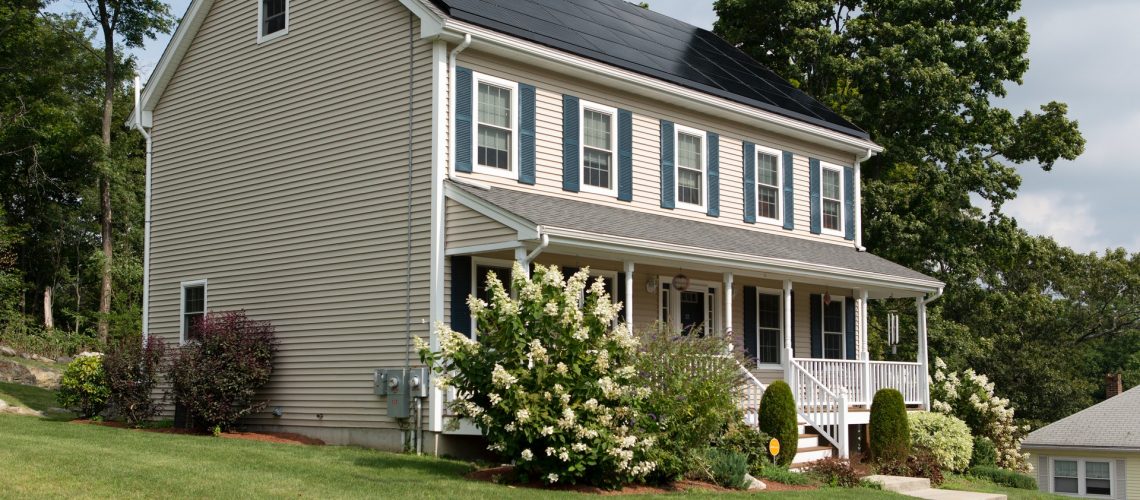Solar energy, once a niche installation for the environmentally-conscious, is fast becoming one of the most viable ways to reduce energy bills across the US. Photovoltaic panels, commonly known as solar panels, are a simple way to not only reduce your energy bill but also contribute towards a future of renewable energy, by reducing the amount of fossil fuel usage needed to produce the nation’s power as well as increasing the amount of renewable energy available to the national grid – all from the light that falls on your own home!
The concept is simple. By generating energy through panels on your roof that absorb the energy from the sun’s rays, you reduce the amount of energy that you might otherwise need to take from the national grid to power your home. As you won’t usually use all of the solar energy your panels generate, you can sell the excess back to the grid, providing you with credit for times when you might need to draw from it, such as in low light weather or during winter.
This is an investment of course, as installing the panels costs money. As investments go, however, it is almost entirely risk-free. The statistics show that year upon year, electricity prices are rising, and in Massachusetts we saw a rise of 13% up to 21.11 cents per kWh (kilowatt-hour) just from the year 2018 to 2019!
This is a huge mark-up for any household bill, and installing solar panels is a sure-fire way to avoid further increases in price. Solar energy is always reducing in price and increasing in affordability, and in Massachusetts, where the average cost of electricity is far higher than the national average (a measly 12.75 cents per kWh!), photovoltaic panels are a very cost-effective option. In fact, they are more cost-effective here than in 23% of other US states! On average, by installing solar panels MA homeowners can save around 100 dollars a month on their energy bills, depending on factors such as usage levels, square meters of panels installed and light conditions, amongst others.
Of course, if your solar installation costs are lower than your annual energy bill then your savings will begin immediately. If not, then you can expect to see a return once you’ve paid off your initial loan. To make this accessible and achievable for all, both local and federal governing bodies offer a number of renewable energy incentives. Here in MA, the SMART scheme uses a tariff-based incentive paid directly by the utility company (the national grid) to the owner of the solar panels.
On top of this, MA residential renewable energy income tax credit allows a 15% credit (up to $1000) against the state income tax for the net expenditure of your new renewable energy system on any primary residence. A substantial federal tax credit against your installation is also available; standing currently at 26%, but likely to drop to 22% in 2021 and 0% in 2022, so it’s your last chance to take advantage of this generous offer.
At the end of the day, traditional energy production is more expensive year upon year, whilst photovoltaic technology is not only sustainable but also places you in control as the owner of your solar panels. They are an attractive option for those looking to own their own homes and take control of their expenditures when it comes to energy bills, and with the current incentives currently offered, there’s never been a better time to explore how this future-proof technology might not only help you to save money, but also to make money too!


